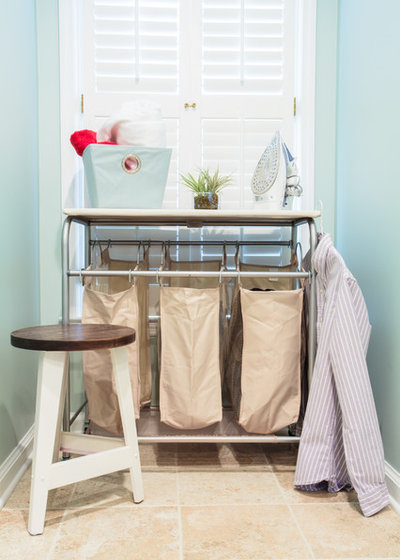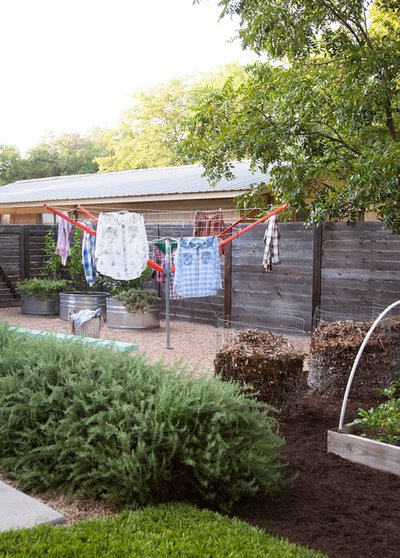How to Care for Your Clothes to Make Them Last Longer
While throwing an entire outfit into the hamper at the end of the day has become the default in more recent decades, it doesn’t need to be. Machine washing only when truly necessary — and spot cleaning in between washings — does wonders for clothes.
This was the regular practice among Americans in the early 20th century. “A home economics textbook from 1935 advised junior high school girls on how to remove spots and wash out collars and cuffs, and then added, ‘If a dress is very dirty, washing it may be best,’ as though washing a slightly dirty dress never occurred to anyone,” says Linda Przybyszewski, author The Lost Art of Dress.
Of course, how far you go in following this advice depends on a few factors, among them your individual body chemistry and the specifics of the garment.
Since learning about this, I started filling the soap receptacle in our washing machine no more than halfway to the “normal load” line. For whites and other loads that may need a boost, I add a little color-safe bleach. Even with both of these liquids added, I’m usually not all the way up to the normal line. Our clothes and towels come out just fine. Second, be sure to use a gentle detergent, which causes less wear on the fibers of your clothing. There are plenty of good brands out there — formulas made for baby clothes tend to be the least harsh.
Cold water works for most items, but feel free to make an exception and use a hotter setting for dirty towels — especially the ones used on the dog.
I also use the gentle cycle for lots of loads besides what most would consider delicates. This is especially helpful for knits like T-shirts and underwear.
Tip: Zip up and button pants, shorts, and skirts before putting them in the washing machine. This will help protect the other clothes from the zippers’ abrasive effects.
Instead of clothespins, I prefer to use small plastic clamps from the hardware store. For convenience, I leave mine on the line. Rather than fishing clothespins out of a bag, I just slide my clamps down the line to where I want them.
To preserve the shape of your knit clothing items, avoid hanging them on hangers. Instead fold and stack them. If you absolutely must hang a knit garment to prevent wrinkling (I have a jacket made from an unusual linen knit, for example, that is positively unwearable when I fold it), turn it inside out first and put it on a padded or wood hanger. This will reduce the pokey-shoulder effect.
Also, when a clothing tag advises laying the garment flat to dry, follow that advice. I frequently just lay mine across the top of a section of my umbrella clothesline. Or, during inclement weather, I lay it over a folding rack indoors.
We recently wrote about the many creative ways that readers air-dry their clothes in winter.








